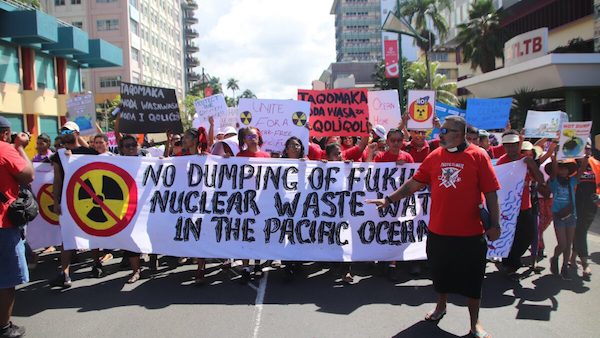
(quote)
Every Bitcoin transaction uses, on average, enough water to fill “a back yard swimming pool”, a new study suggests. That’s around six million times more than is used in a typical credit card swipe, Alex de Vries of Vrije Universiteit Amsterdam, calculates. The figure is due to the water used to power and cool the millions of computers worldwide Bitcoin relies on. It comes as many regions struggle with fresh water shortages. Up to three billion people worldwide already experience water shortages, a situation which is expected to worsen in the coming decades, the study notes.
The main reason Bitcoin uses so much water is because it relies on an enormous amount of computing power, which in turn needs huge amounts of electricity. Bitcoin is so power hungry it uses only marginally less electricity than the entire country of Poland, according to figures from Cambridge University.
Water is used to cool the gas and coal-fired plants that provide that much of our power. And large amounts of water are lost through evaporation from the reservoirs that supply hydroelectric plants. Some water is also used to cool the millions of computers around the world on which Bitcoin transactions rely. Mr de Vries argues that Bitcoin does not need to use this much water – singling out the power hungry process at its heart, which is known as “Bitcoin mining.” In simple terms, miners audit transactions in exchange for an opportunity to acquire the digital currency. But they compete against each other to complete that audit first – meaning the same transaction is being worked on many times over, by multiple powerful and power hungry computers.
Cryptocurrency mining uses a significant amount of water amid the global water crisis, and its water demand may grow further.
In a commentary published November 29 in the journal Cell Reports Sustainability, financial economist Alex de Vries provides the first comprehensive estimate of Bitcoin’s water use. He warns that its sheer scale could impact drinking water if it continues to operate without constraints, especially in countries that are already battling water scarcity, including the U.S.
“Many parts of the world are experiencing droughts, and fresh water is becoming an increasing scarce resource,” says de Vries, a PhD student at Vrije Universiteit Amsterdam. “If we continue to use this valuable resource for making useless computations, I think that reality is really painful.”
It’s not just electricity — Bitcoin mines burn through a lot of water, too
Bitcoin mines aren’t just energy-hungry, it turns out they’re thirsty, too. The water consumption tied to a single Bitcoin transaction, on average, could be enough to fill a small backyard pool, according to a new analysis. Bitcoin mines are essentially big data centers, which have become notorious for how much electricity and water they use.
Of course, everything dipped in 2022 as the price of Bitcoin plunged and mining slowed. But the price has climbed back up since last year, rising from less than $20,000 to around $38,000 today. The higher the price, the more incentive there is to ramp up mining. That’s why de Vries expects the cryptocurrency’s water consumption to rise to a new high of 2,300 gigaliters worldwide this year. In the US, the biggest hub for Bitcoin mining in the world, Bitcoin mining uses about as much annually as a city the size of Washington, DC.
There’s another way to get the cryptocurrency to use a fraction of the water and electricity it eats up now and slash greenhouse gas emissions: get rid of the mining process altogether and find a new way to validate transactions. That’s what the next biggest cryptocurrency network, Ethereum, accomplished last year.
Bitcoin Mining Used More Water Than New York City Last Year
New estimates find billions of gallons needed to support cryptocurrency, fueling concerns about the environmental impact.
(unquote)
Image courtesy Photo Illustration by Emil Lendof / The Wall Street Journal; iStock






